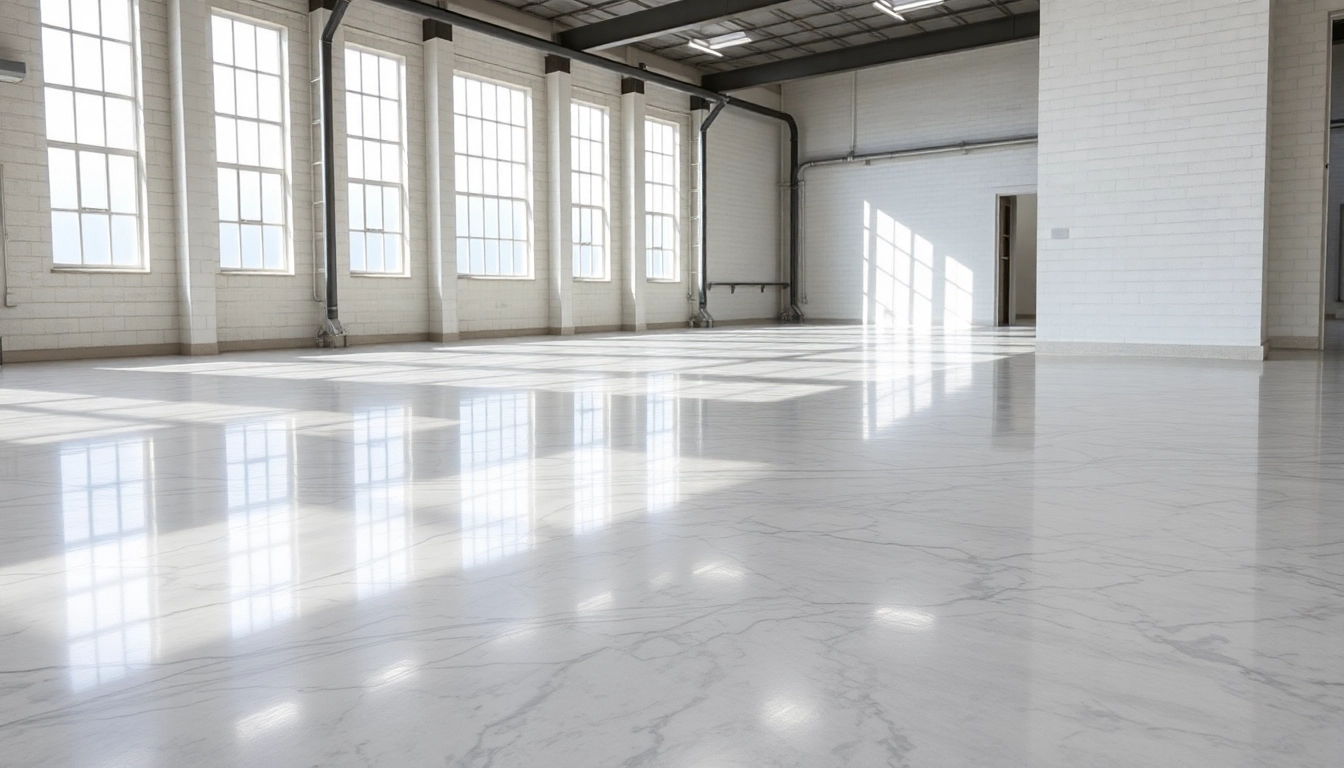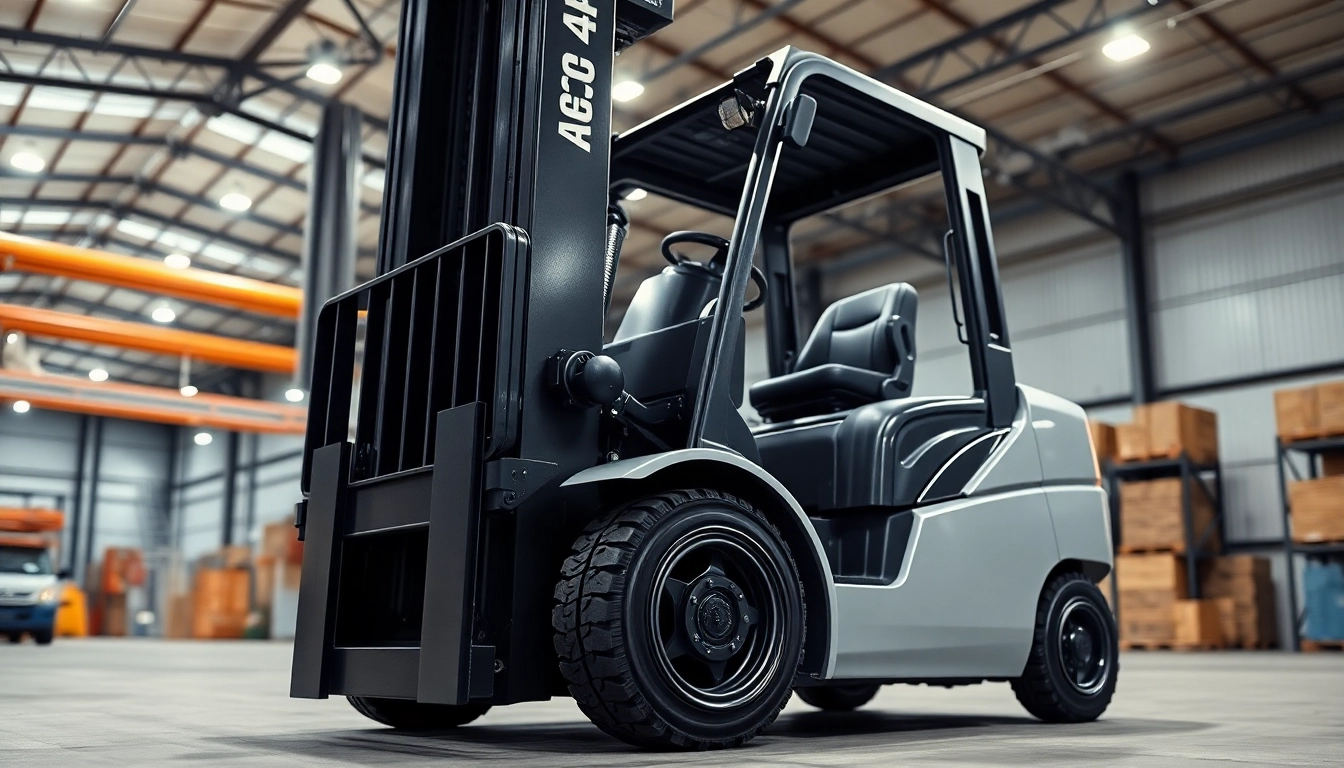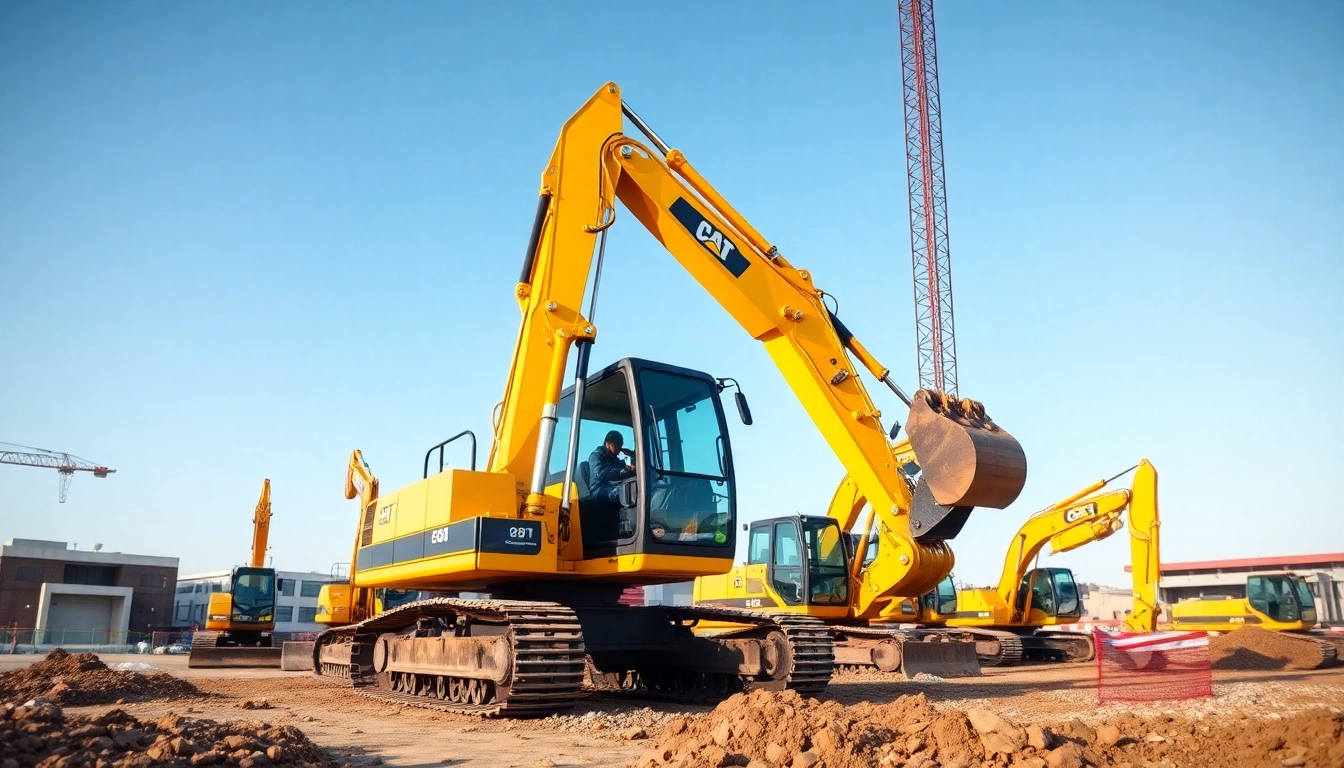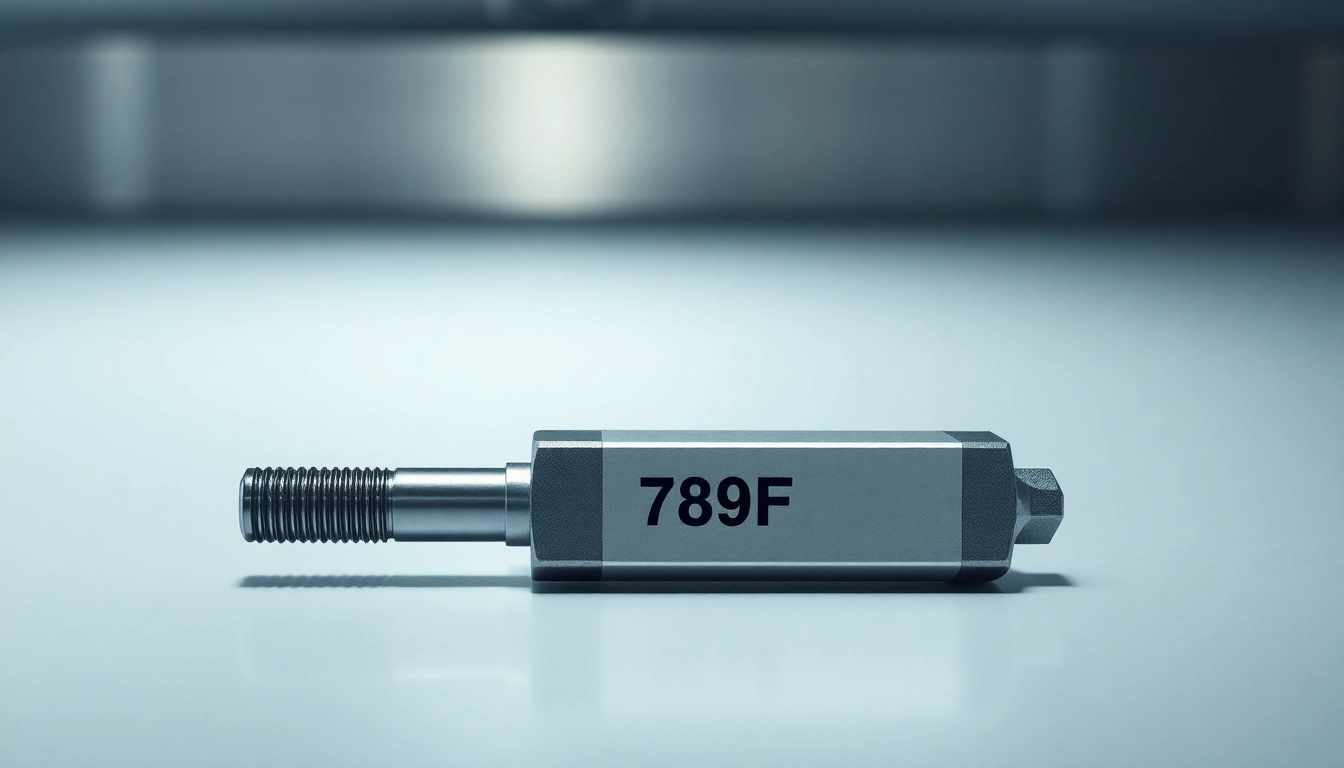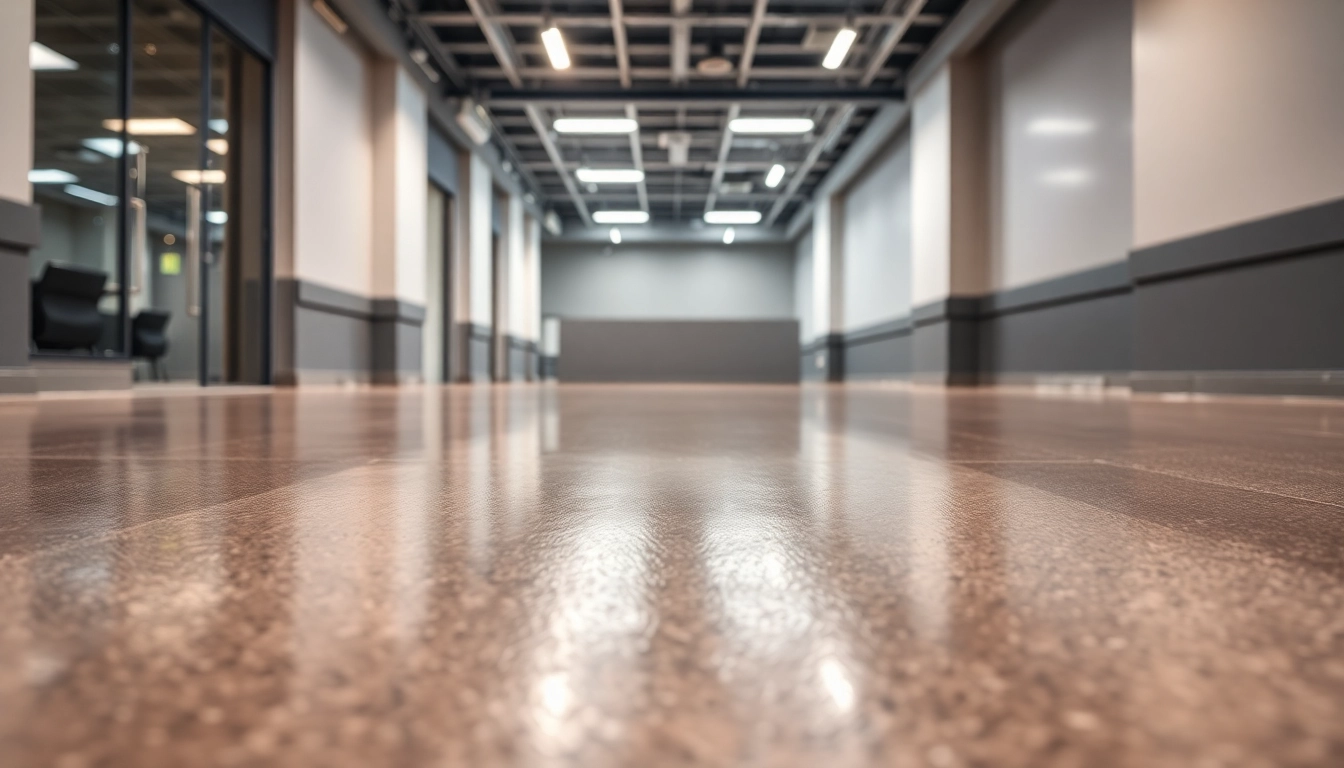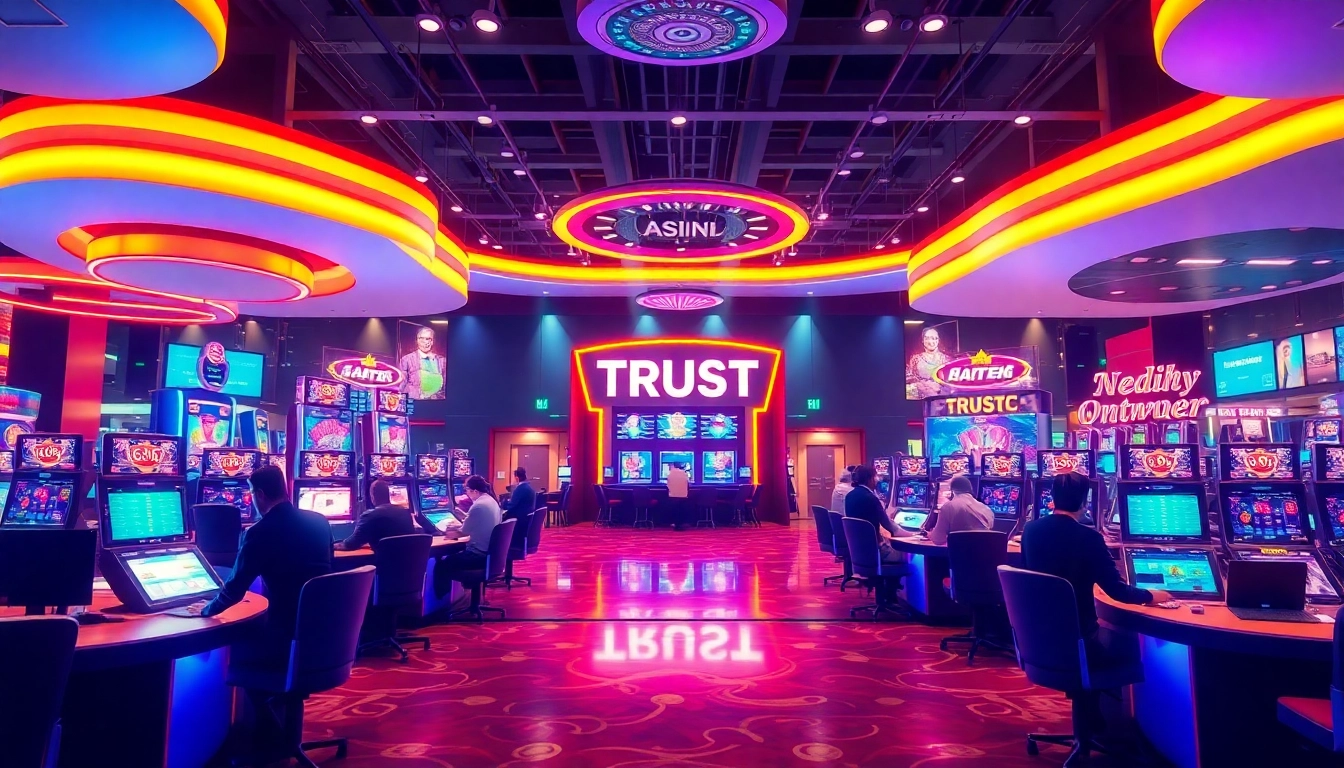Introduction to Epoxy Resin Floors
Epoxy resin floors have revolutionized the way we think about industrial, commercial, and residential surface solutions. Known for their durability, aesthetic appeal, and ease of maintenance, epoxy flooring systems have become the go-to choice for transforming plain concrete into stunning, long-lasting surfaces. Whether upgrading a garage, designing a stylish retail space, or constructing a heavy-duty industrial zone, understanding epoxy resin floors and their versatile applications is essential for property owners, contractors, and DIY enthusiasts alike.
For those seeking a comprehensive solution for their flooring needs, exploring the benefits and technical aspects of epoxy resin floors can provide clarity on their suitability. To get started with a high-quality epoxy floor, visit Epoxy resin floor for expert guidance and professional installations.
What Is an Epoxy Resin Floor?
An epoxy resin floor is a composite material made from a combination of epoxy resin and hardeners to create a seamless, durable surface. This type of flooring is characterized by its exceptional resistance to wear, chemicals, moisture, and impact. When applied correctly, epoxy forms a rigid plastic-like film that bonds tightly with the underlying concrete or substrate, creating a resilient flooring system with a sleek appearance.
Unlike traditional paint or coating materials, epoxy systems are engineered to withstand demanding environments, making them ideal for both functional and aesthetic purposes. Varieties include self-leveling epoxies, which create smooth finishes, and decorative epoxy systems designed for visual appeal.
Benefits of Using Epoxy Floors in Various Spaces
The attractiveness and resilience of epoxy resin floors have made them popular across diverse settings. Here are some of their key benefits:
- Exceptional Durability: Epoxy floors are highly resistant to abrasion, impact, and heavy traffic, maintaining their integrity over years of use.
- Chemical Resistance: These floors can withstand exposure to oils, acids, solvents, and other corrosive substances, making them suitable for manufacturing plants, garages, and commercial kitchens.
- Low Maintenance: The seamless surface prevents dust and dirt accumulation, simplifying cleaning routines. Regular sweeping and damp mopping are typically sufficient to keep the surface pristine.
- Aesthetic Versatility: Infinite design options enable customization with colors, patterns, textures, and decorative effects such as metallic or marble finishes.
- Cost-Effectiveness: Long-lasting and easy to maintain, epoxy floors reduce replacement and maintenance costs over time.
In residential applications, epoxy floors add modern elegance to garages, basements, and even kitchens. In commercial and industrial contexts, they serve as the backbone of warehouse floors, retail spaces, and production facilities, where their performance enhances safety and productivity.
Common Applications and Industry Standards
Epoxy resin floors are versatile across various industries, meeting rigorous standards for safety, functionality, and visual appeal:
- Industrial Facilities: Heavy-duty epoxy systems resist impact, chemical spills, and abrasion, complying with industry standards like ASTM D4258 for epoxy testing.
- Commercial Spaces: Retail floors benefit from epoxy’s aesthetic options, with standards ensuring slip resistance and colorfastness.
- Hospitals and Laboratories: Epoxy’s hygienic, seamless surface simplifies sanitation, aligning with health and safety regulations.
- Residential Garages and Basements: Increased durability and customization options meet homeowner needs for stylish yet resilient flooring solutions.
Industry standards such as ASTM and ISO guidelines ensure epoxy flooring materials and installation processes meet safety, environmental, and performance criteria, providing peace of mind for project owners.
Design Options and Customization
Marble and Decorative Finishes
A standout feature of modern epoxy flooring is its ability to mimic luxurious materials like marble or terrazzo at a fraction of the cost. Using specialized pigments, metallic powders, and resin layering techniques, artisans can craft stunning, high-end finishes that add sophistication to commercial lobbies, retail outlets, or elegant residential spaces. For instance, a marble-effect epoxy floor can elevate a plain surface into a centerpiece of design innovation.
Color Techniques and Personalization
Epoxy resins can be tinted with myriad colors or combined with custom flakes, chips, and dyes to achieve unique effects. Techniques such as color blotting, flaking, and stenciling offer endless personalization options, aligning with branding or personal style preferences. Whether creating bold, industrial aesthetics or subtle, muted tones, epoxy provides extensive flexibility.
Texture and Anti-Slip Features
Safety is paramount for floors in high-traffic or wet environments. Epoxy formulations can incorporate anti-slip additives to enhance traction without compromising appearance. Textured finishes, such as砂纹 or stamped patterns, not only prevent slips but also add tactile interest, making epoxy an ideal choice for factories, kitchens, or outdoor patios.
Preparation and Installation Best Practices
Surface Preparation for Optimal Results
Successful epoxy flooring begins with meticulous surface preparation. The concrete substrate must be clean, dry, and free of contaminants such as oil, dust, or previous coatings. Techniques include shot blasting, diamond grinding, or acid etching to increase surface energy and remove laitance. Proper profile preparation ensures excellent bonding and reduces the risk of future floor failures.
Step-by-Step Installation Process
The typical installation involves several stages:
- Preparation of the concrete surface, ensuring it is level and clean.
- Priming with an epoxy primer to promote adhesion.
- Mixing the epoxy resin and hardener thoroughly in accordance with manufacturer instructions.
- Pouring or applying the epoxy mixture evenly using rollers or squeegees.
- Incorporating decorative elements, flakes, or textures as desired.
- Allowing sufficient curing time, followed by sealing with a topcoat if necessary.
DIY vs Professional Installation
While DIY epoxy kits are available and suitable for small or simple projects, professional installation ensures adherence to best practices, proper surface prep, and optimal curing. Larger or complex applications—such as commercial industrial floors—are best entrusted to experienced contractors who utilize advanced equipment and safety measures to achieve flawless results.
Maintenance, Durability, and Repair
Cleaning and Upkeep Tips
Routine maintenance involves sweeping to remove debris and damp mopping with mild, non-abrasive cleaners. Avoid harsh chemicals that may degrade the epoxy finish. Spills such as oils or acids should be cleaned promptly to prevent staining or damage.
Enhancing Longevity and Resistance
Protecting the surface periodically with topcoats, avoiding heavy impacts, and addressing minor damages early can significantly extend the lifespan of an epoxy floor. Using mats and protective pads in high-traffic areas prevents scratches and gouges.
Common Repair Methods for Damaged Epoxy Floors
Minor chips or scratches can be repaired with epoxy patching kits, applying a fresh coat over damaged areas. For more extensive damage, professionals may perform sandblasting and complete re-coating to restore integrity and appearance.
Performance Metrics and Choosing the Right Epoxy System
Evaluating Chemical and Impact Resistance
Industries requiring chemical resistance evaluate epoxy formulations based on tests like ASTM D4541 for adhesion and D1308 for chemical resistance. Impact resistance is typically quantified through drop tests or abrasion resistance measurements, guiding selection for specific environments.
UV Stability and Color Retention
UV-stable systems incorporate specialized additives to prevent yellowing and fading under sunlight. This is crucial for outdoor installations or areas with significant natural light, ensuring that aesthetic qualities are preserved over time.
Cost-Effectiveness and Return on Investment
While initial costs vary based on complexity and customization, epoxy floors often provide long-term savings through durability and low maintenance. Industries have reported return on investment through reduced downtime, fewer repairs, and enhanced safety and appearance.
